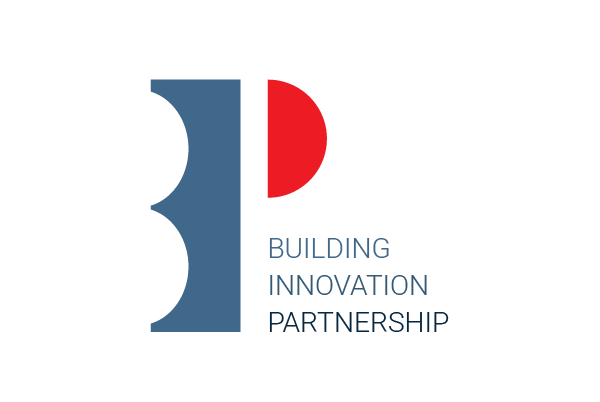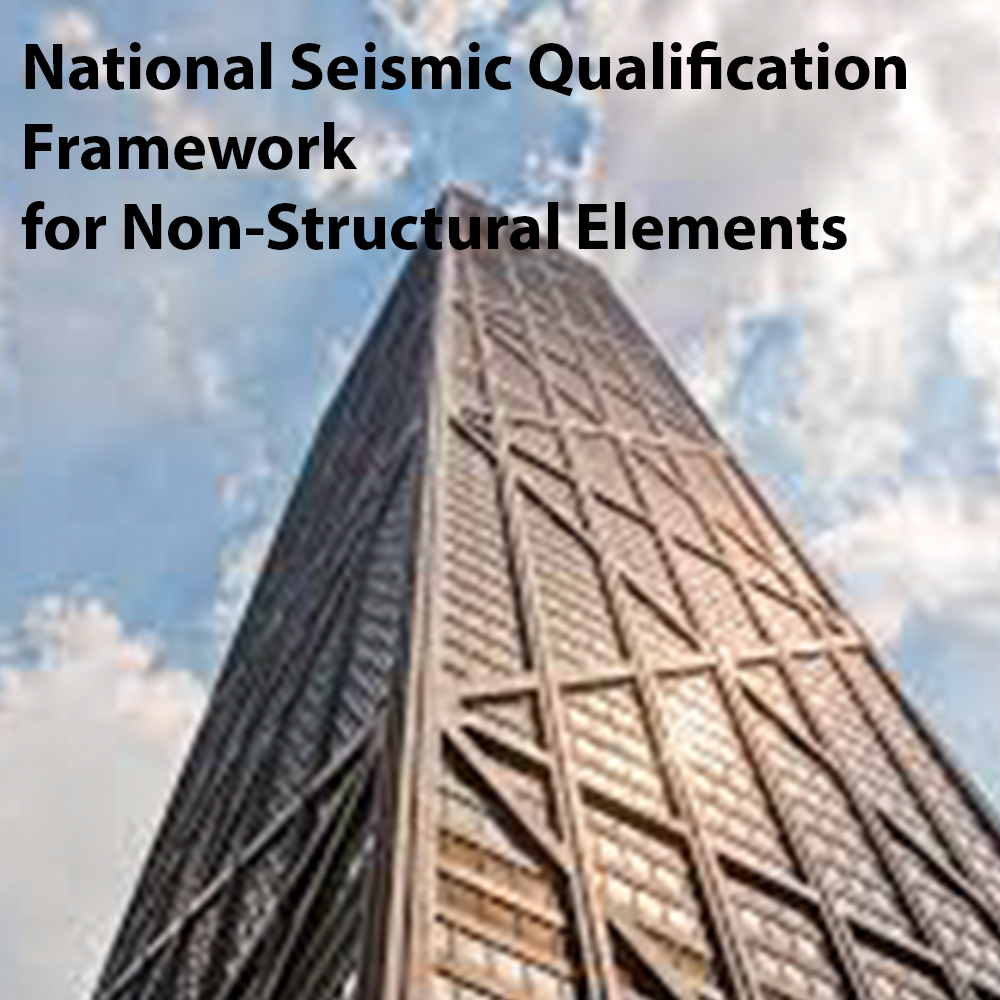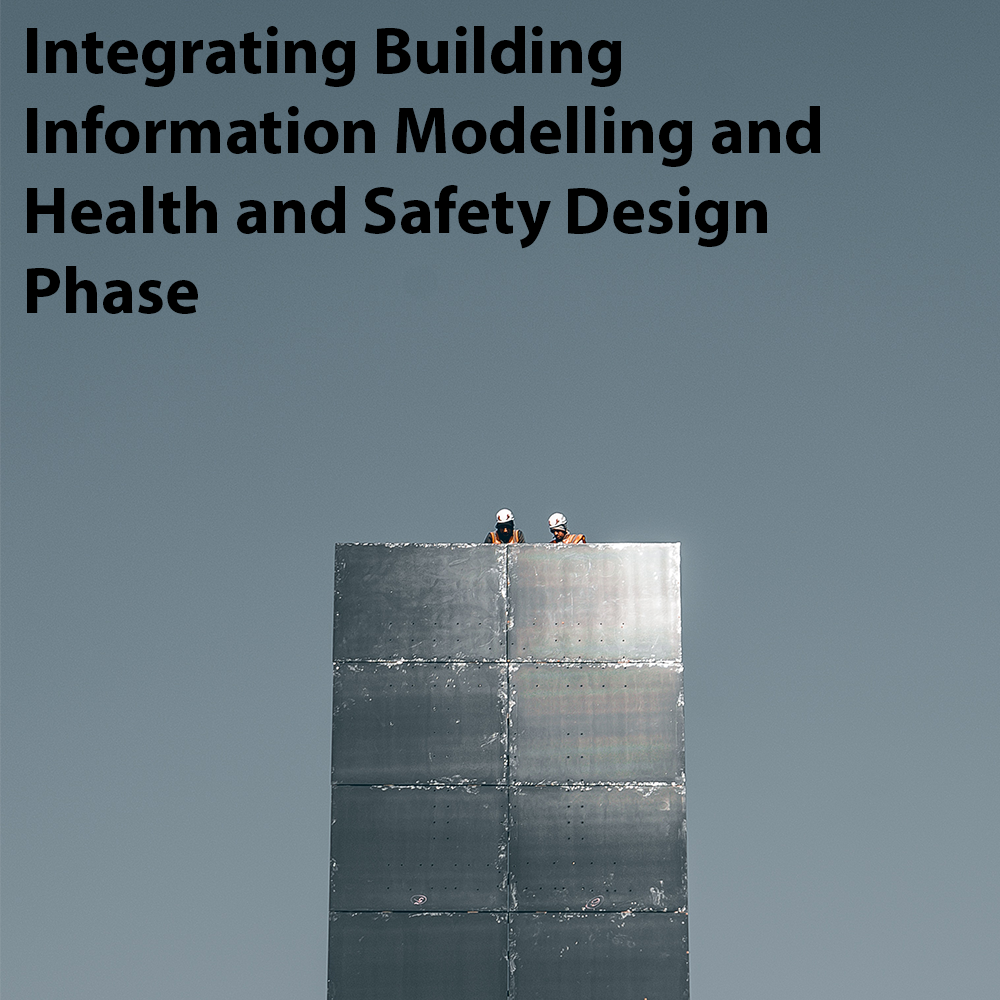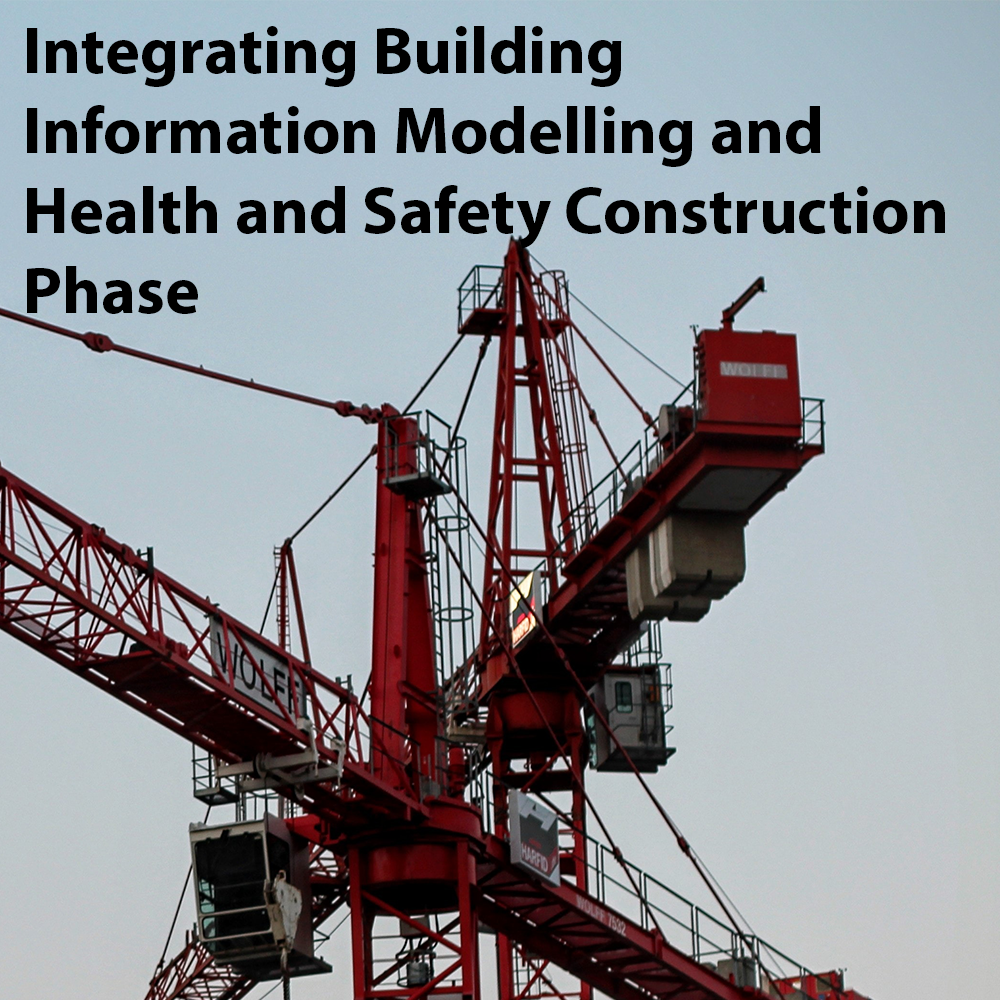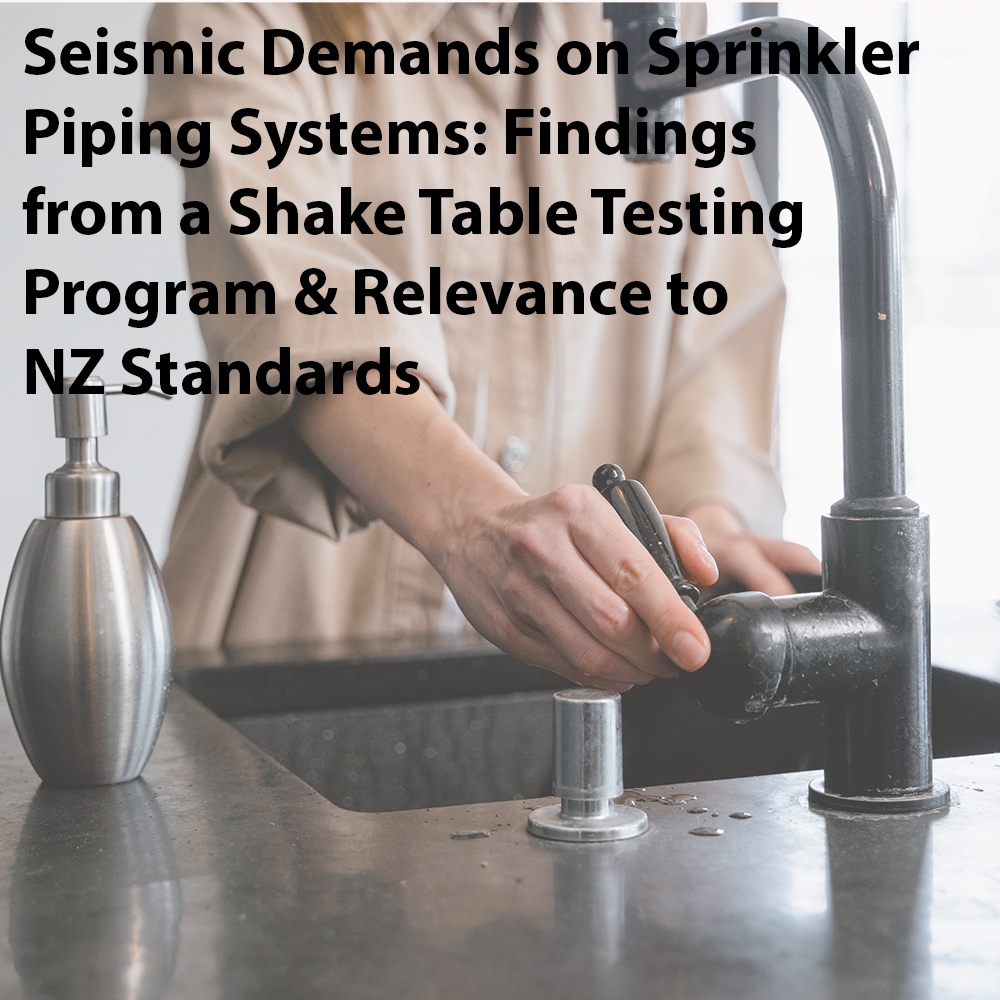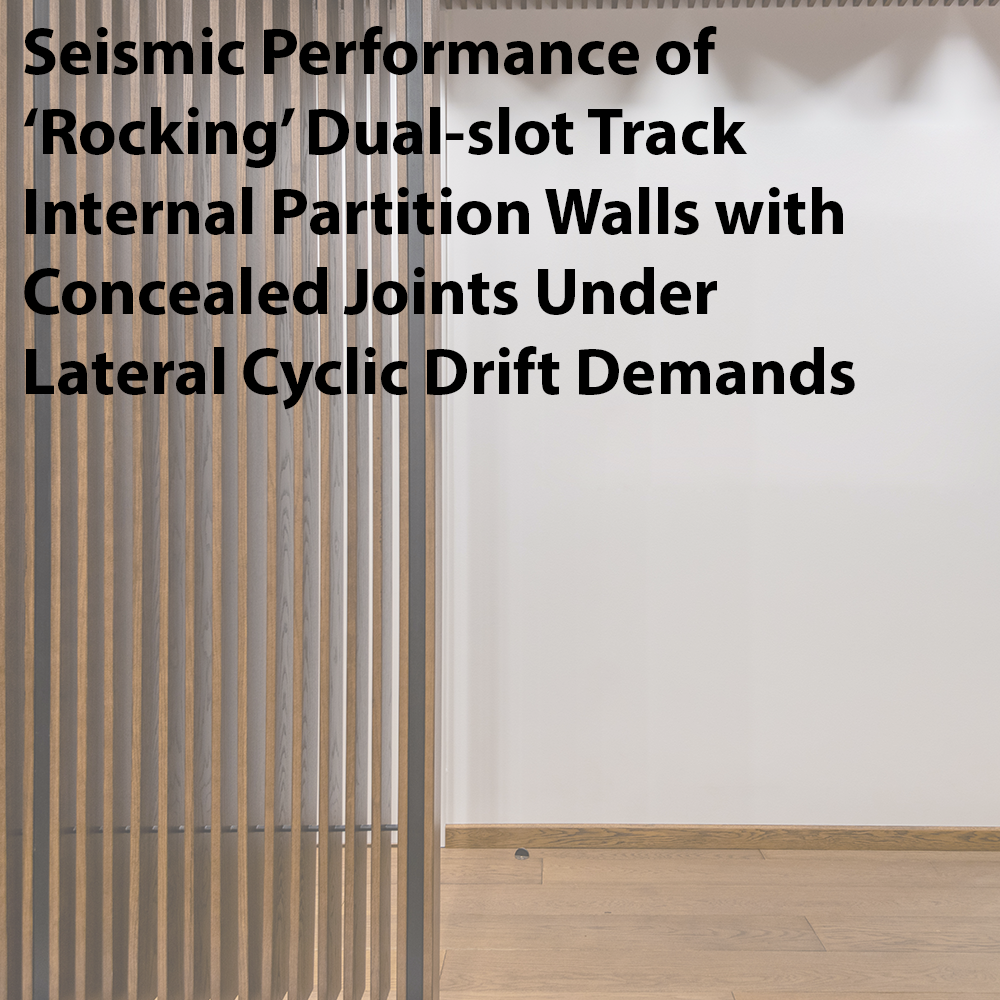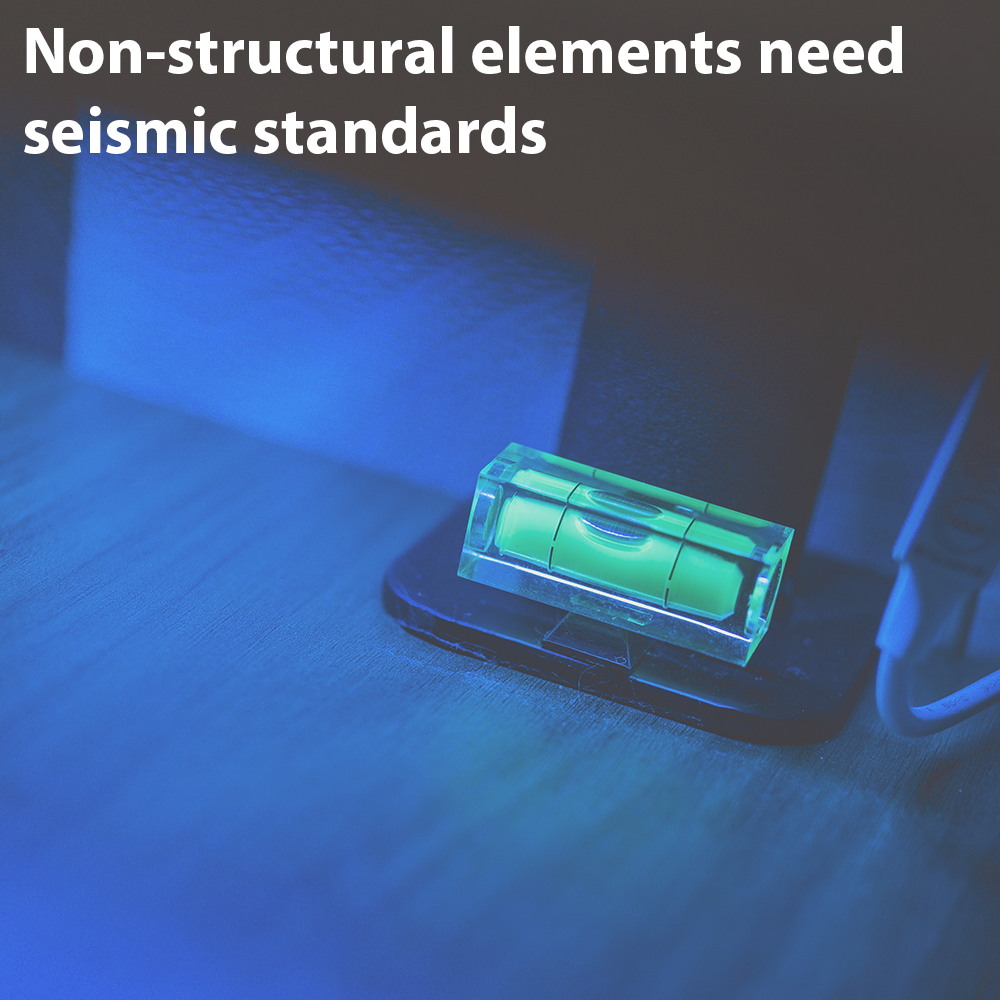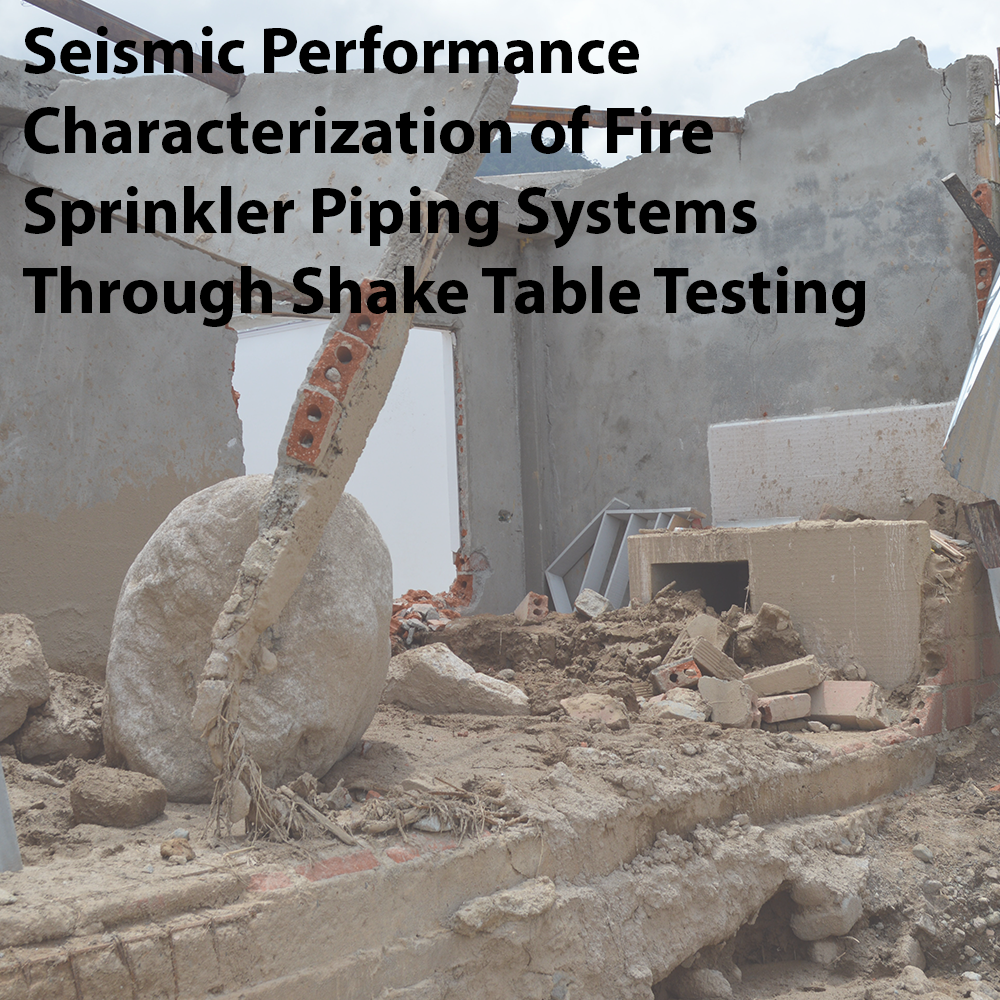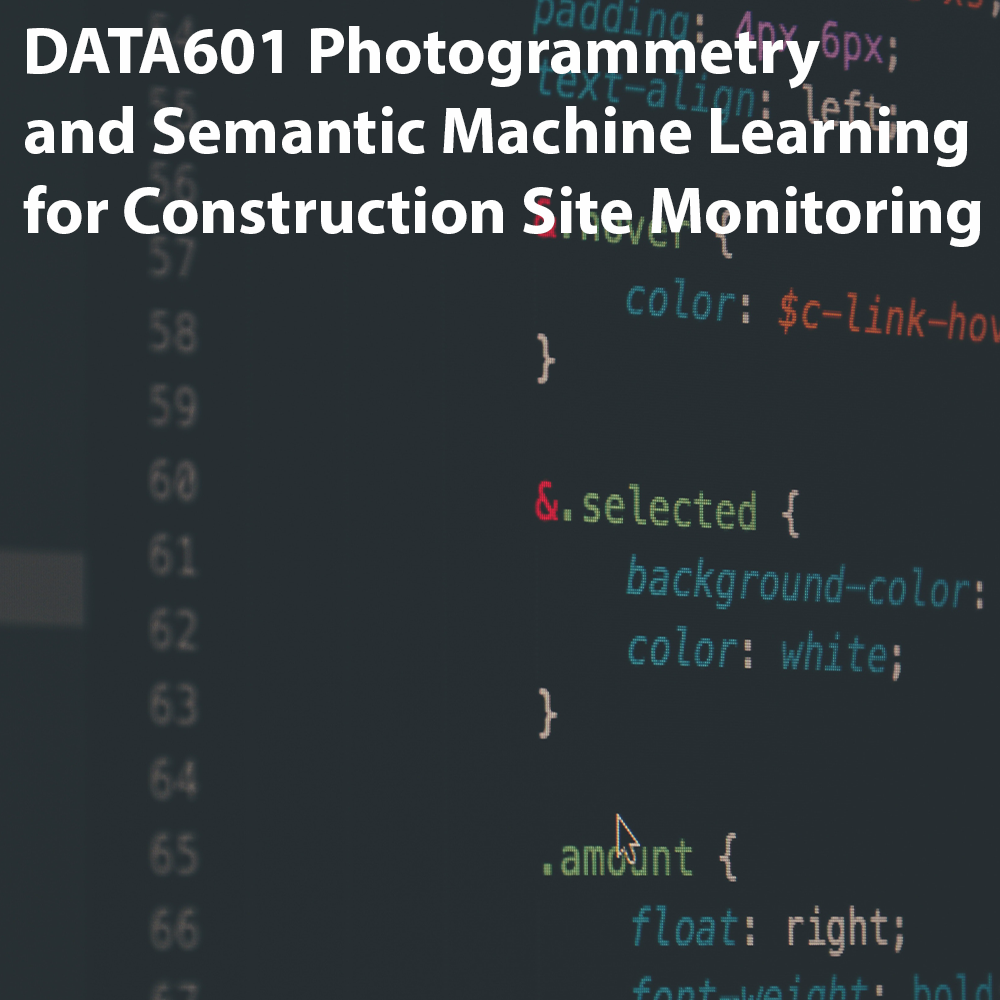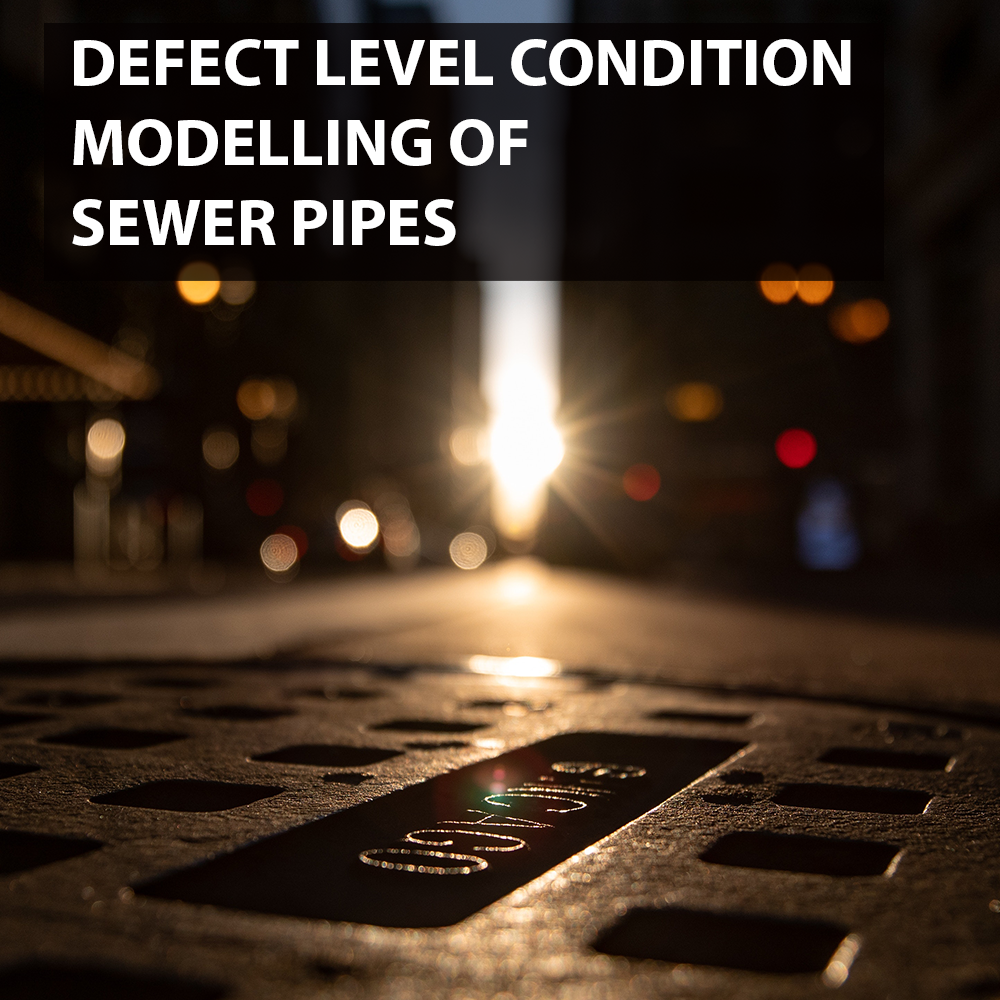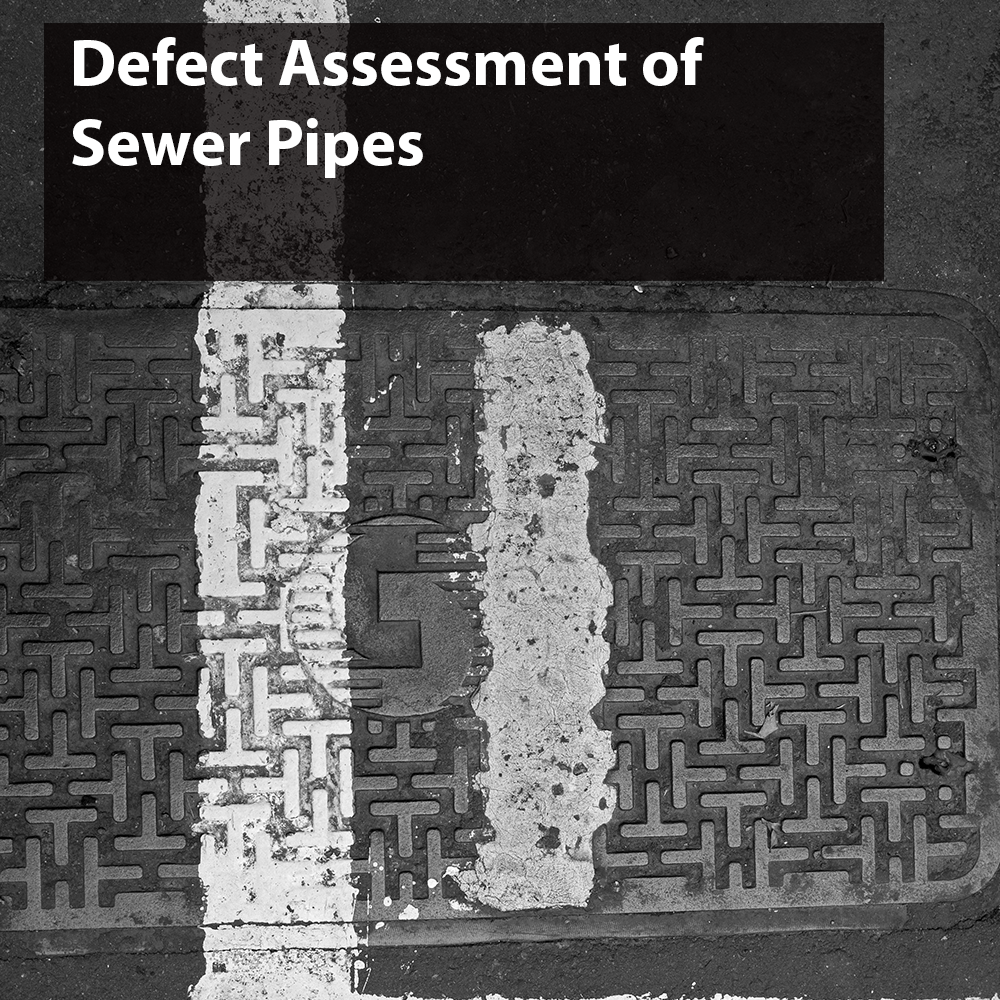Recent studies on non-structural elements (NSEs) in New Zealand have found that there is insufficient knowledge about the seismic performance of NSEs and particularly how this performance impacts their primary
Building Information Modelling (BIM) has an established role for health and safety (H&S) in the design stage. Safety in Design and Prevention through Design approaches can be adapted to
Building Information Modelling (BIM) has many applications for health and safety during the construction process, and can support a range of activities. Four key areas have been addressed in
Fire sprinkler piping systems have intricate layouts on building floors that lead to complex distribution of demands in various segments of the system under seismic floor excitation. The New Zealand
This paper reports the seismic performance of two ‘rocking’ internal plasterboard partition wall specimens comprising dual-slot tracks (DST) with a) sacrificial L-trim (SLT) joints and b) boxed end-studs and standard
Engineers have come a long way in ensuring that the skeleton of a building does not fracture in an earthquake. However, work is now needed for our buildings to also
Fire sprinkler systems damaged during earthquakes can compromise the functionality of a building facility either by loss of fire protection and/or by damage due to flooding. Shake table tests were
Each year, there are around 6000 injuries on the New Zealand construction site that have resulted in more than a week away from work [1]. It is critical for the
The aim of this study was to investigate the effect of various factors, including age, diameter, and slope on the prevenance of eight defect categories in the transmission sewer network
Eight categories of defects were identified in 2817 sewer pipes in Auckland, New Zealand based on recent CCTV inspection reports. The correlation between eight defect categories and several physical and
